60 kinds of sofa backgrounds, there is always one suitable for you
The sofa background refers to the facade behind the sofa in the living room. In common design layouts, the living room basically focuses on the TV and the sofa background. The previous popular trend may focus more on the TV background, but now the importance of TV is getting weaker and weaker, so the sofa background may need more attention.
There are many different ways to design the sofa background. There are many options in terms of materials, shapes, colors, functions, decorations, etc. We have collected some sofa background categories from recent cases for your reference.

First, let’s take a look at the final effects of different materials. Basically, all the materials you can think of are used, including latex paint, wallpaper, wall cloth, ceramic tiles, stone, flooring, cultural bricks, wood veneer, etc.
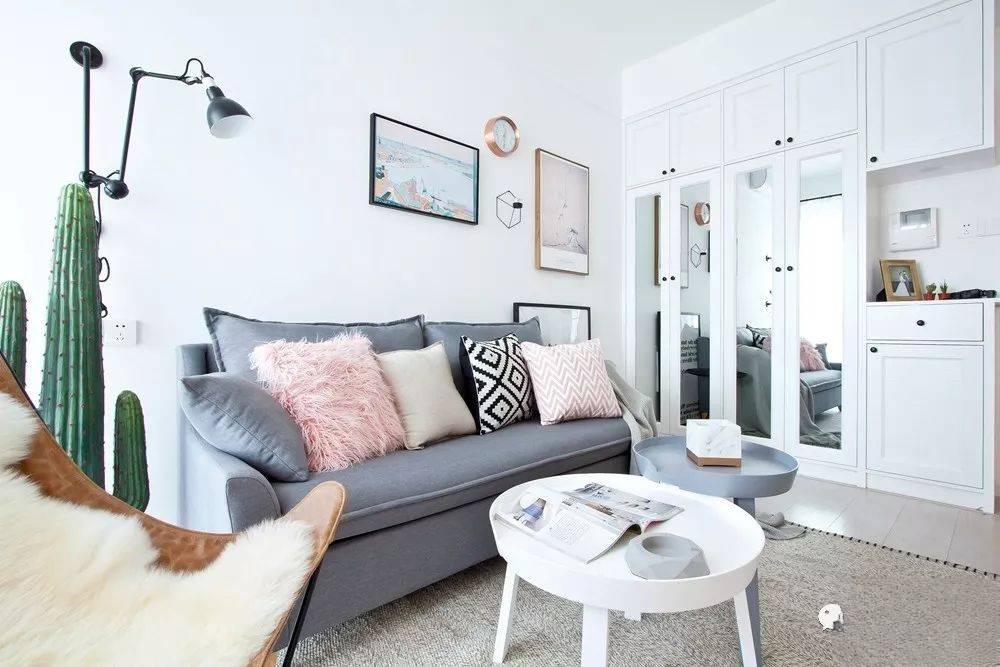 ▲ The most common white latex paint has the lowest cost and can be used later to make up for the monotony
▲ The most common white latex paint has the lowest cost and can be used later to make up for the monotony
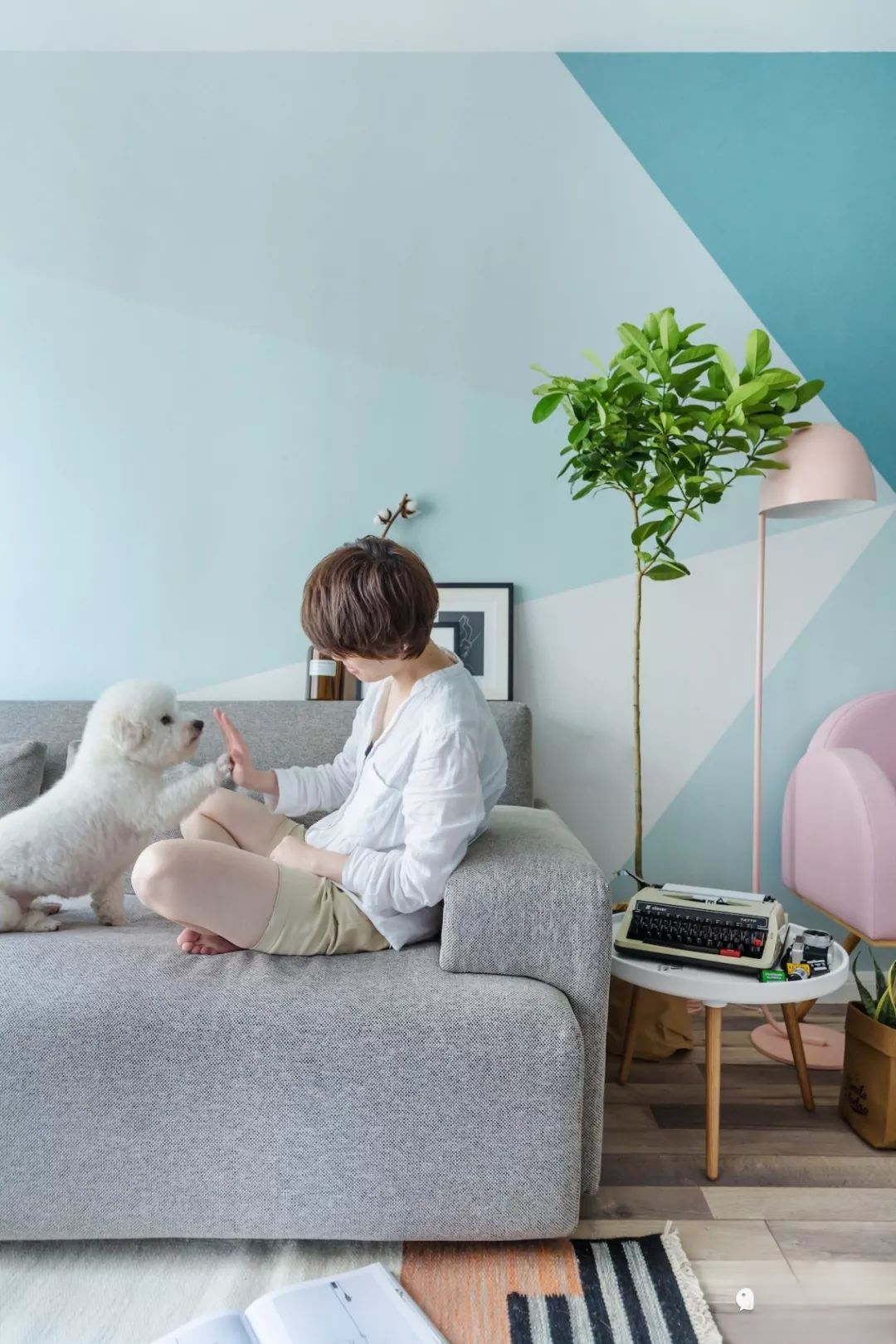
▲ Latex paint can also be colored, and even patterns can be created with different colors of latex paint.

▲ It is a little troublesome to apply different colors of latex paint. Use masking tape to mark the shape when applying. Apply one color first, and then apply the second color after it dries.
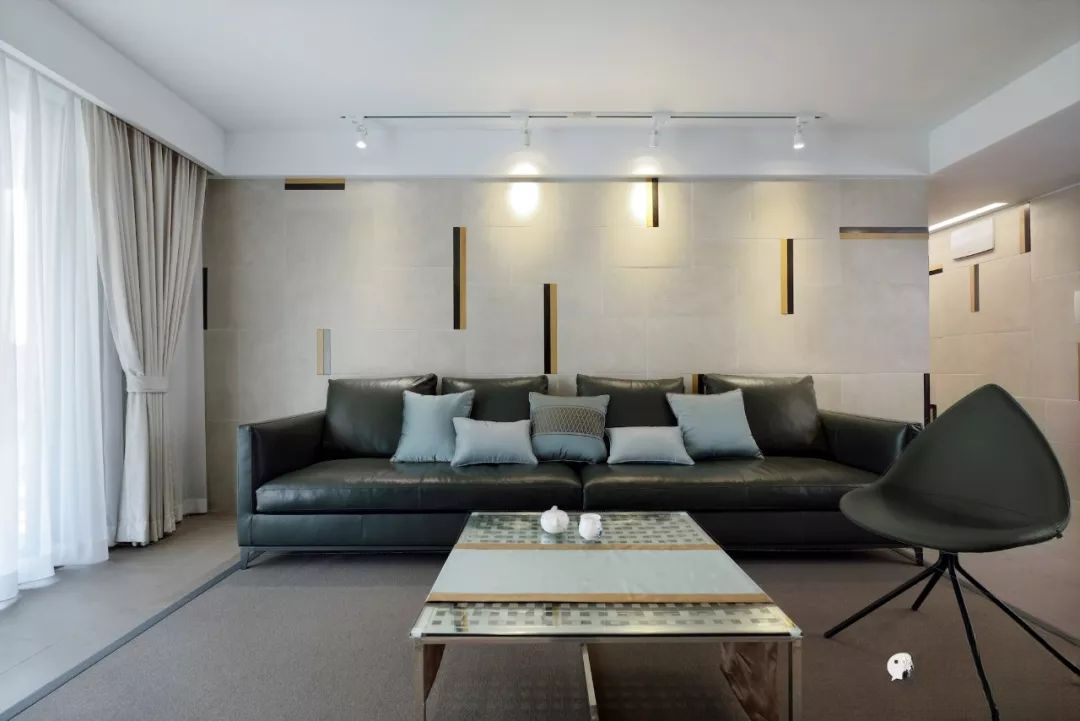
▲ Ceramic tiles are only popular in Fujian and Guangdong regions in the facade application of living rooms and restaurants. If the pattern is designed when paving, it can also create a good artistic sense.
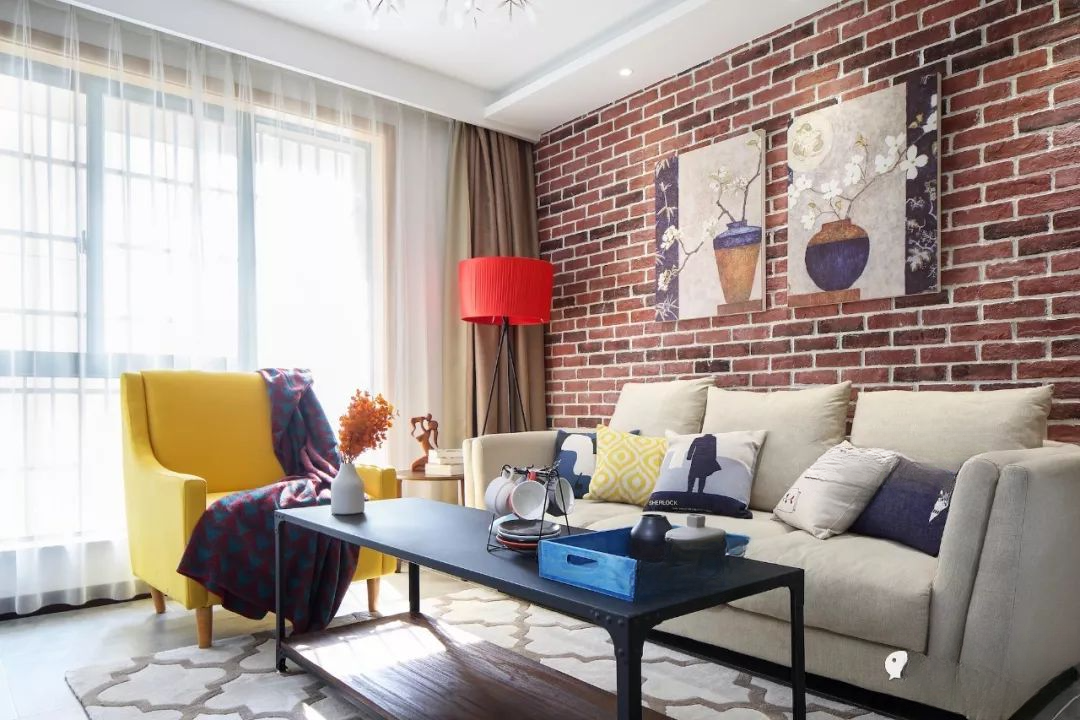
▲ Cultural bricks are suitable for pastoral and American styles. The rough material can reflect the natural feeling.
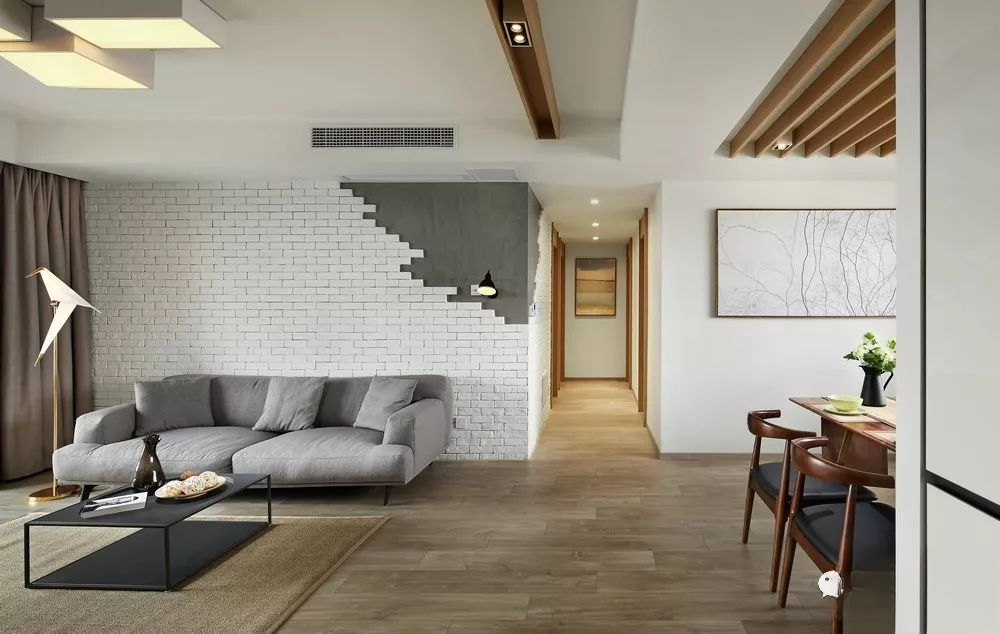
▲ Relatively speaking, white cultural bricks are easier to match with various styles
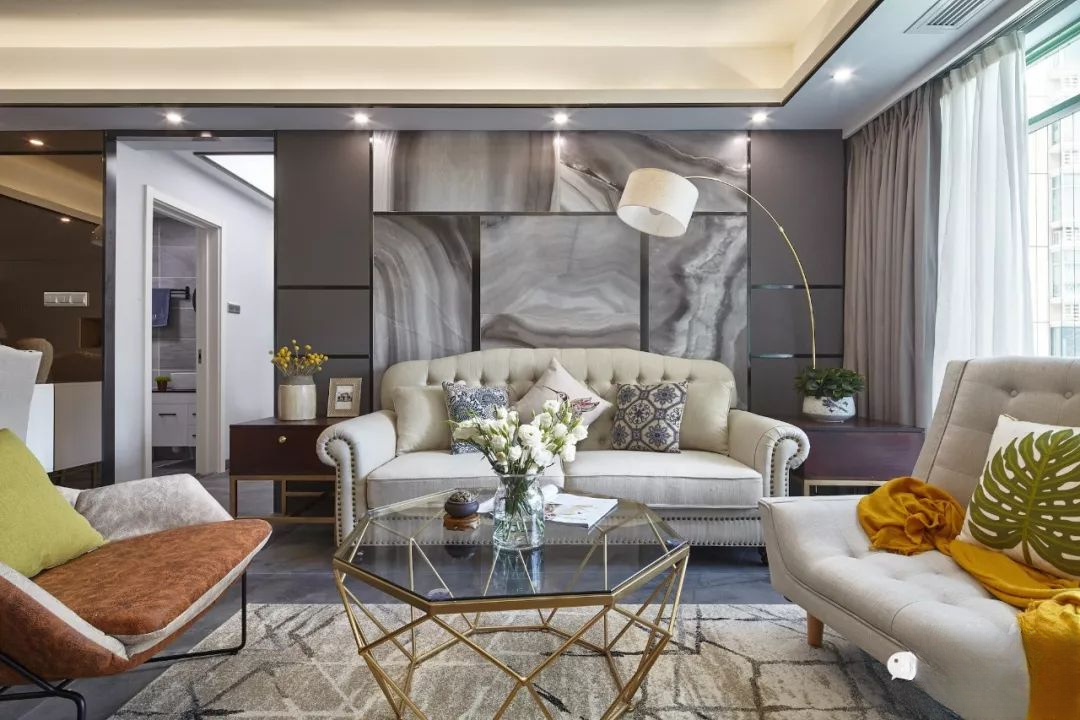
▲ The cost of stone is higher than that of ceramic tile
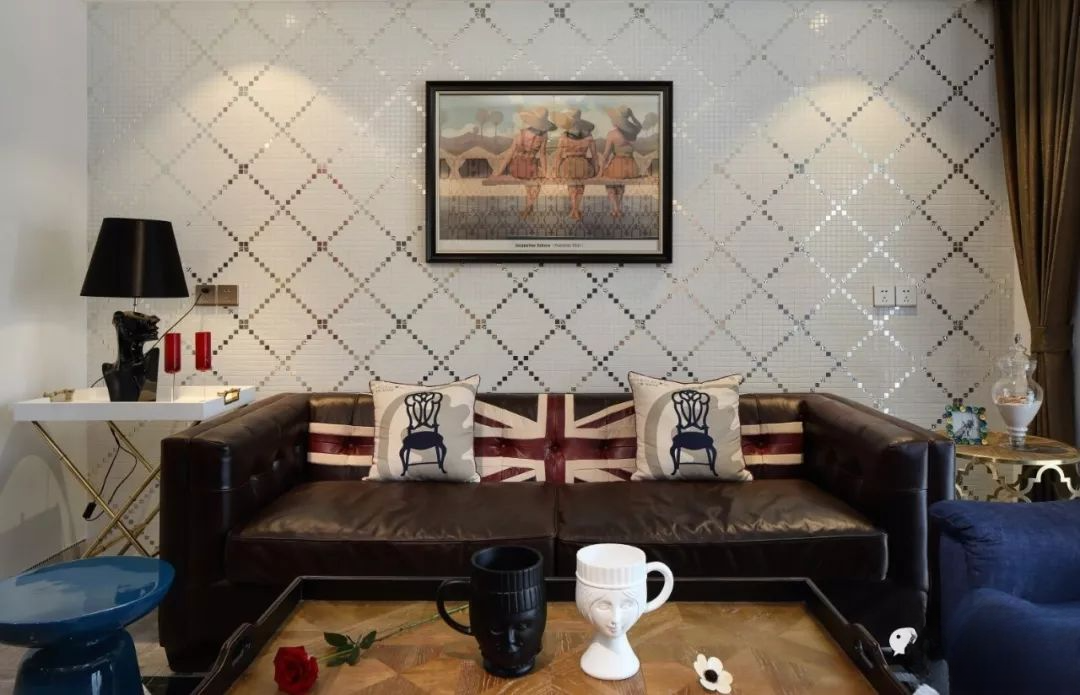
▲ Mosaic is rare
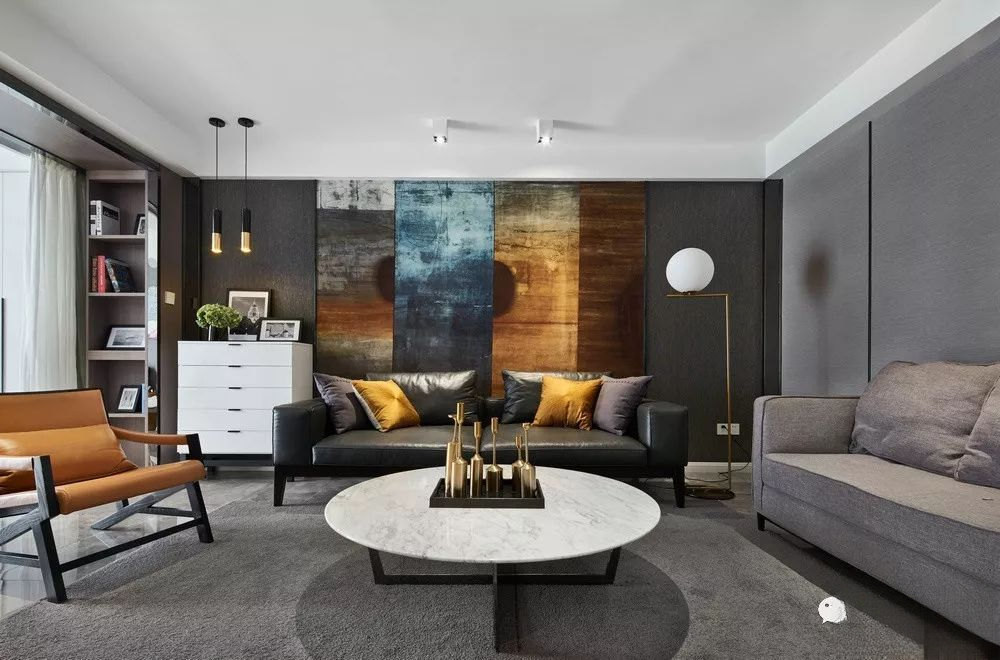
▲ The key to wallpaper is to choose a high-style pattern, or a relatively plain pattern that is easier to match
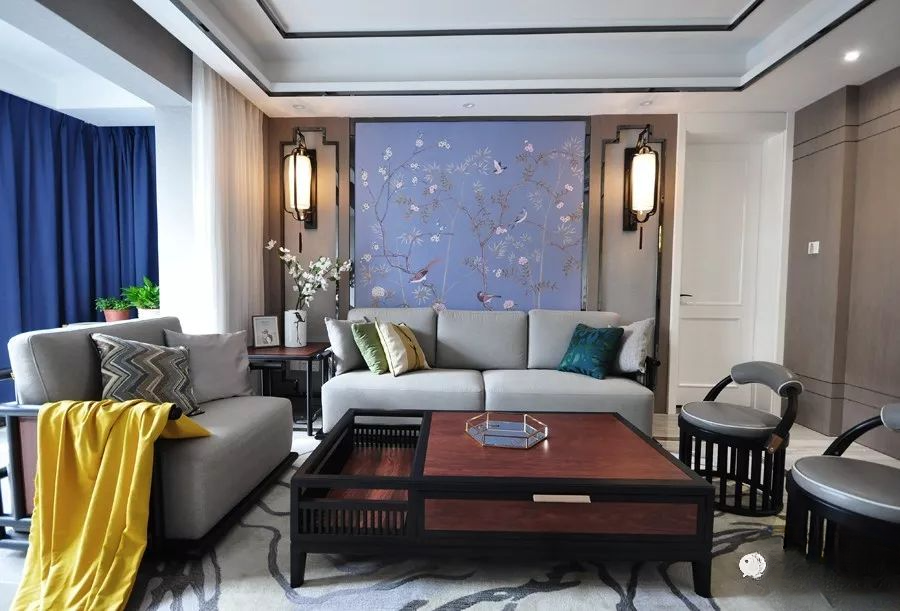
▲ The advantage of wall coverings is that you can customize the pattern to create the effect of a whole painting
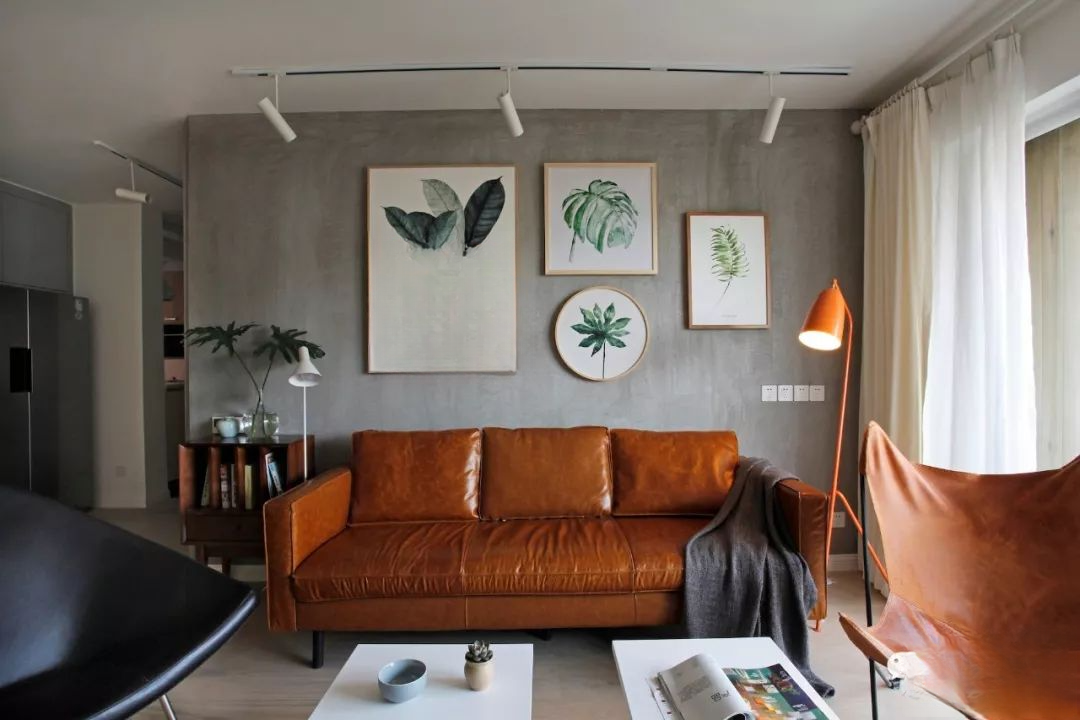
▲ The cement texture effect is also very popular among young people. Similar visual effects can be achieved with cement, cement paint, imported plaster, artistic paint, etc.
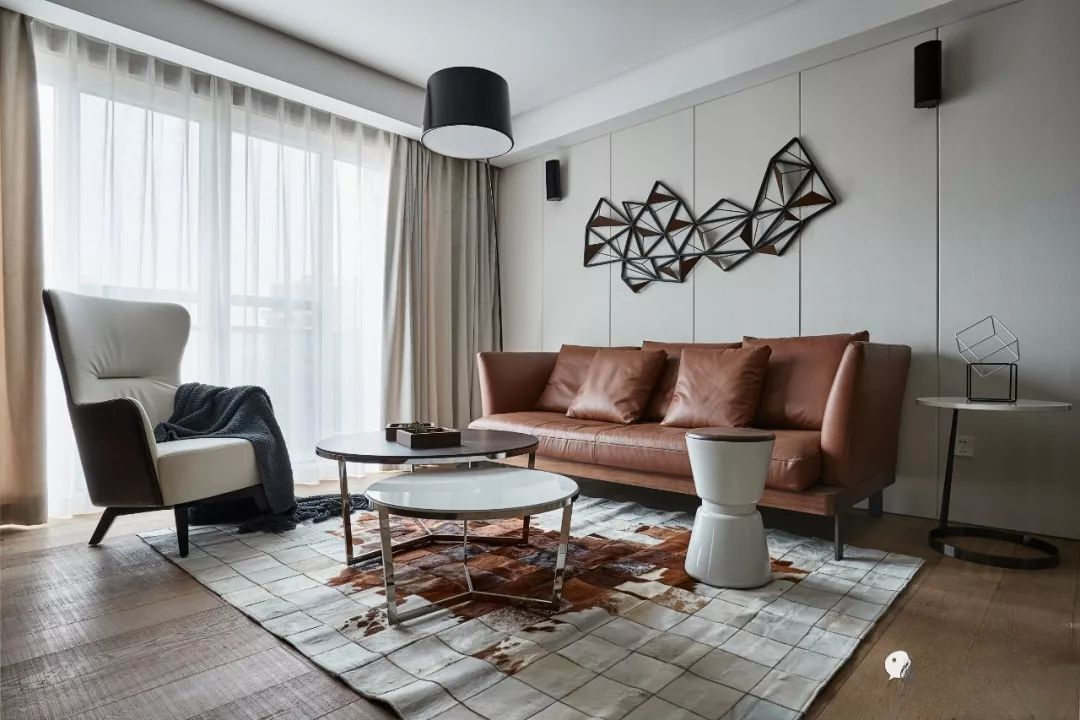
▲ Pay attention to the environmental friendliness of the materials for hard and soft bags
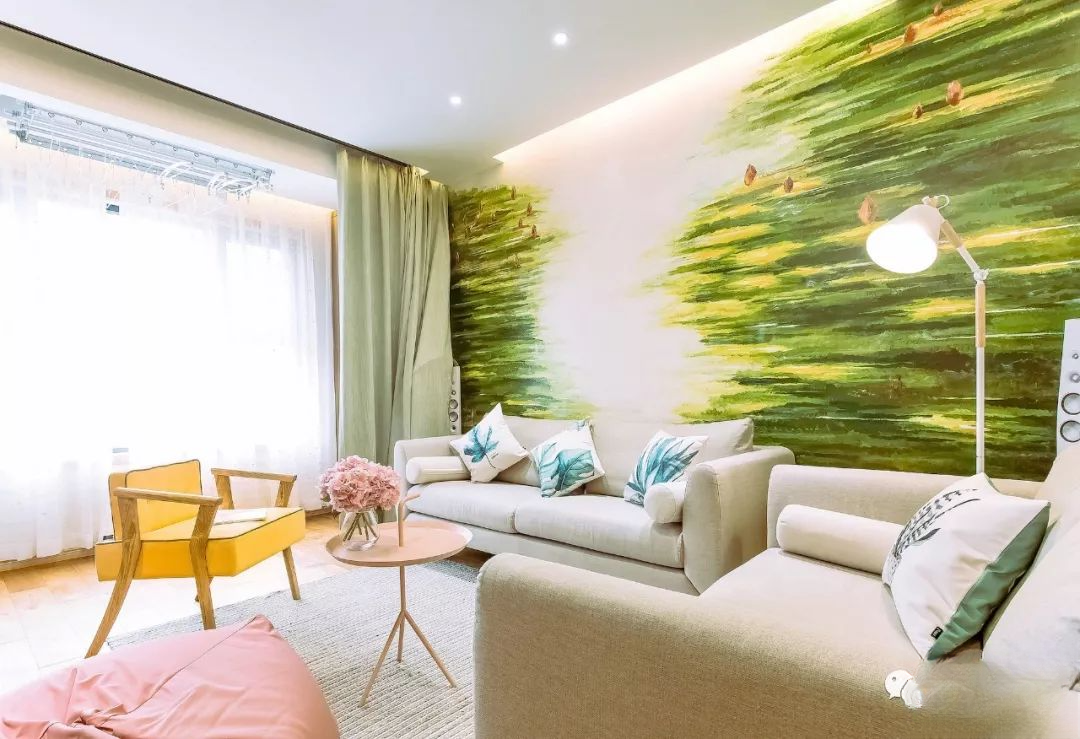
▲ Hand-painted patterns can provide more choices

▲ You can even do secondary hand-painted creations based on wallpaper
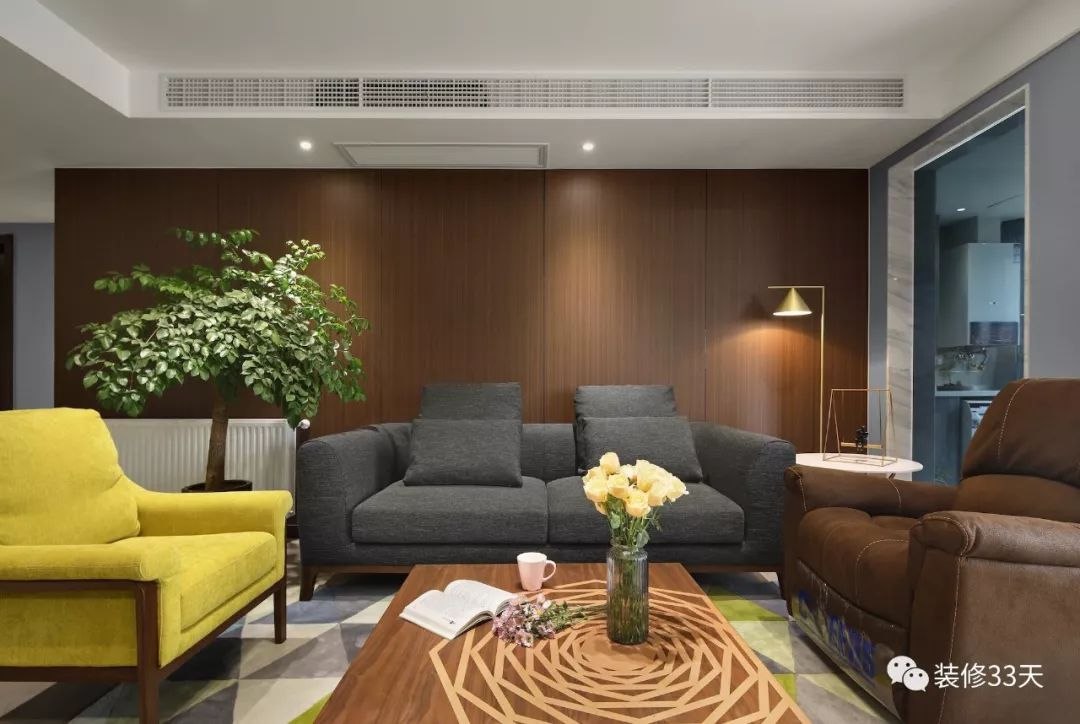
▲ The visual effect of wood veneer is delicate and uniform, which is very suitable for the production of invisible doors.
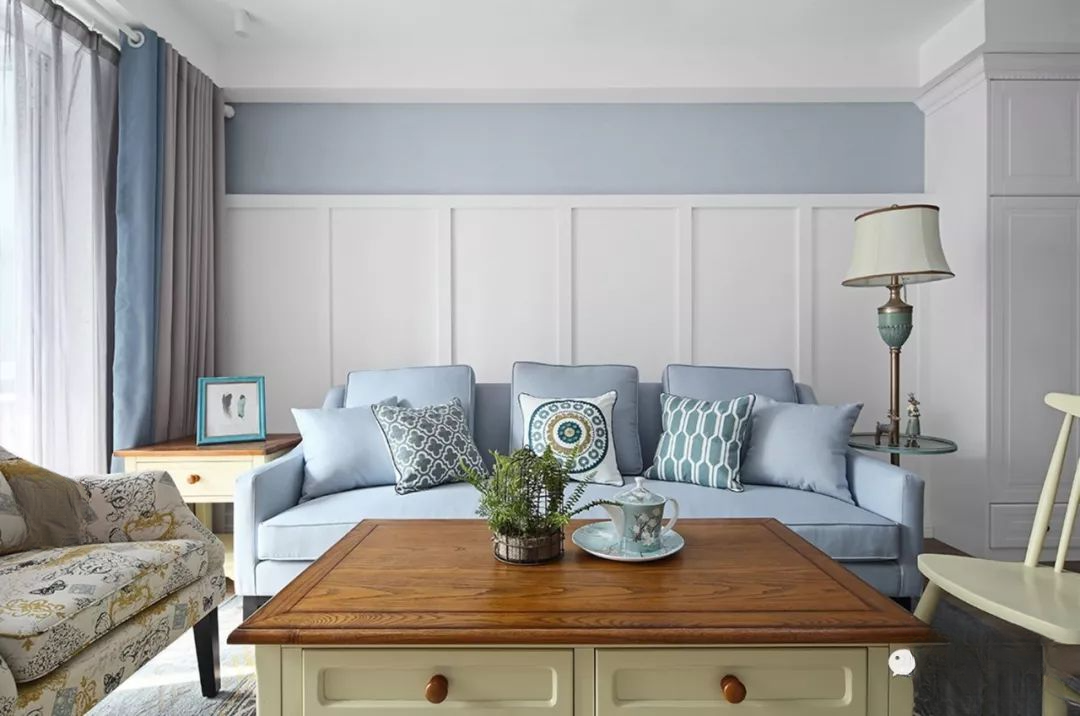 ▲ Common wall panels in American style
▲ Common wall panels in American style

Sometimes people consider the sofa background for storage function. Relatively speaking, the back of the sofa is not a good storage location because the sofa will affect the storage of things.
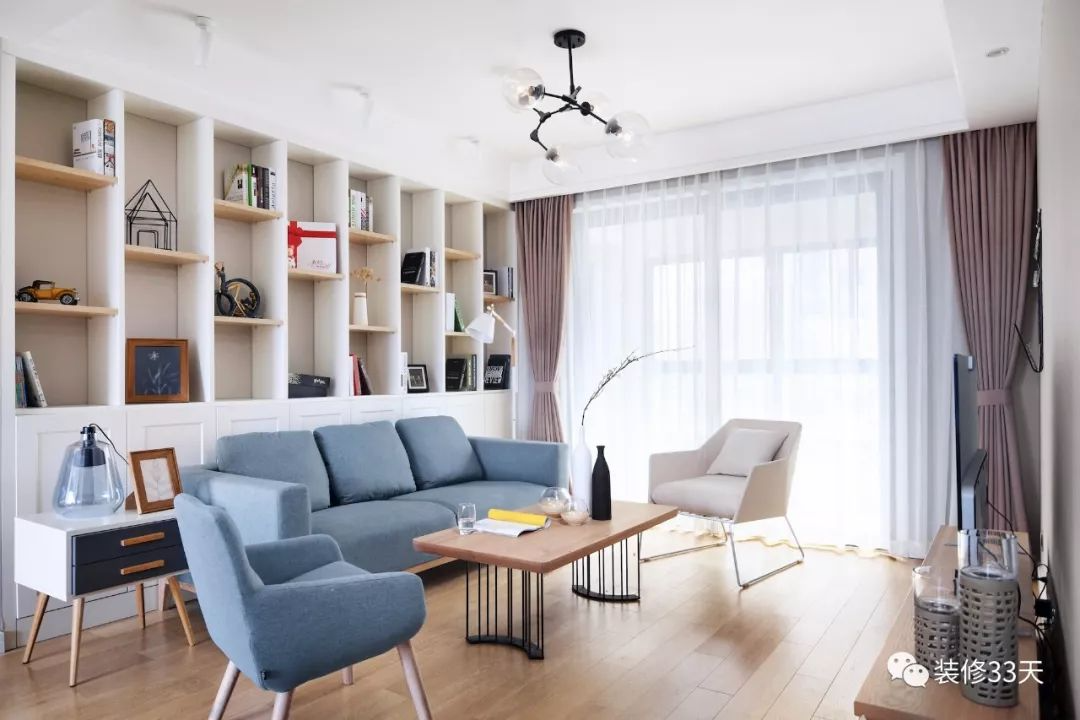
▲ The sofa will block part of the cabinet, so it is best to store infrequently used items here
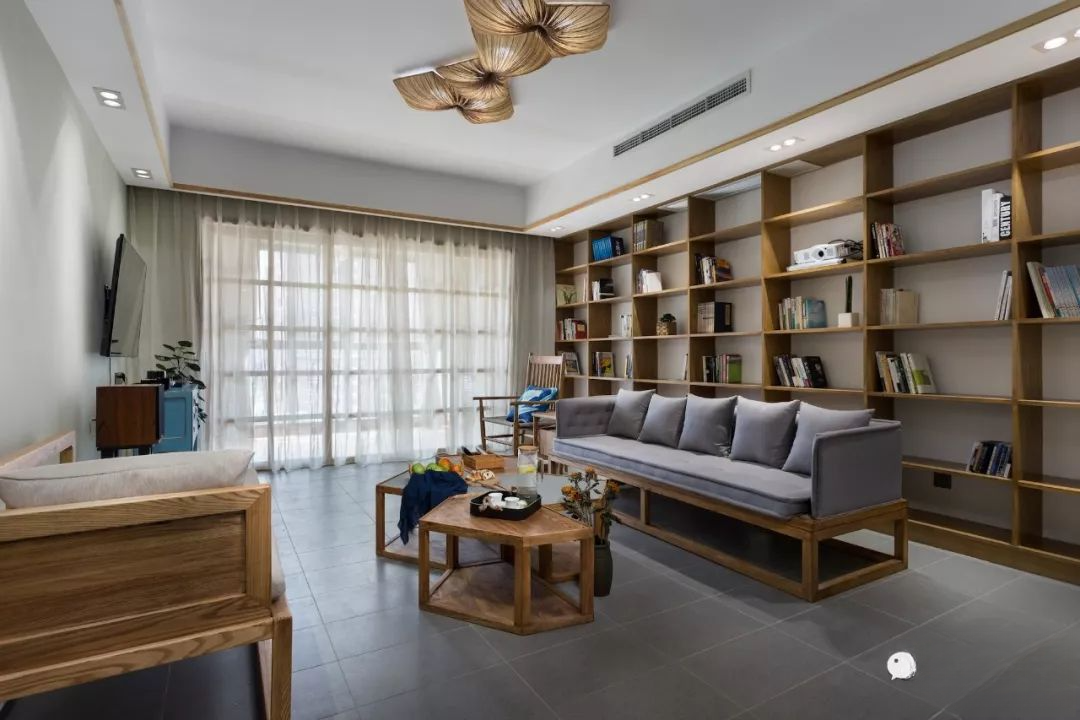
▲ If the living room is deep enough, you can leave an aisle behind the sofa so that you can make a wall of storage cabinets or display cabinets.
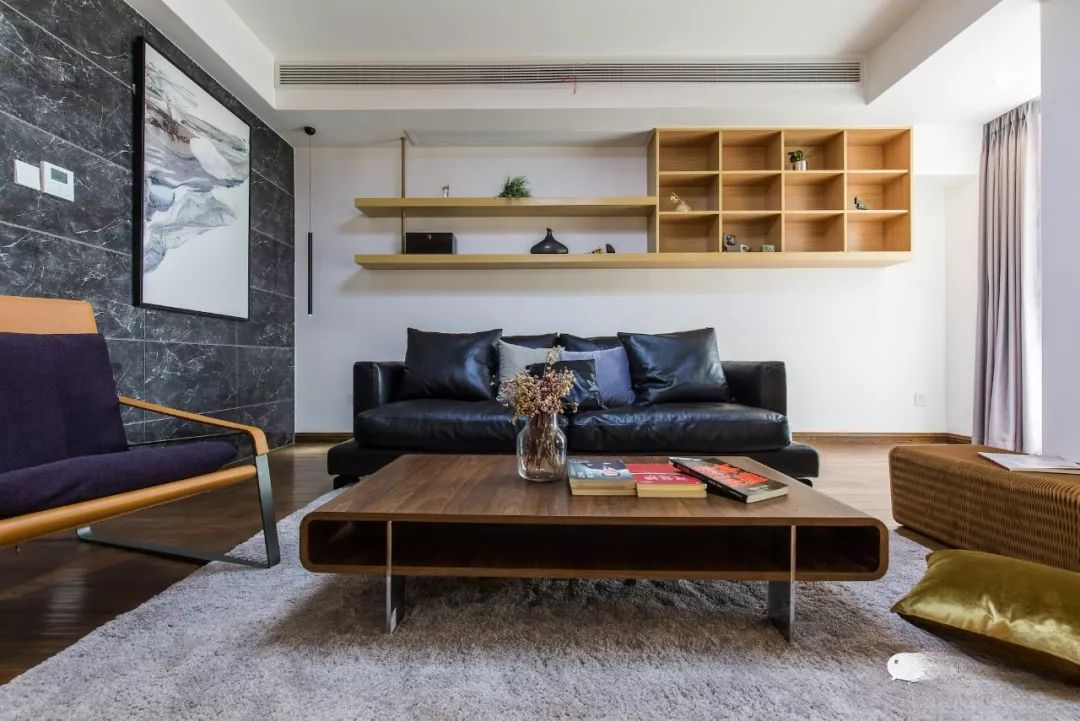
▲ As a compromise, you can use the space above the sofa as a wall cabinet
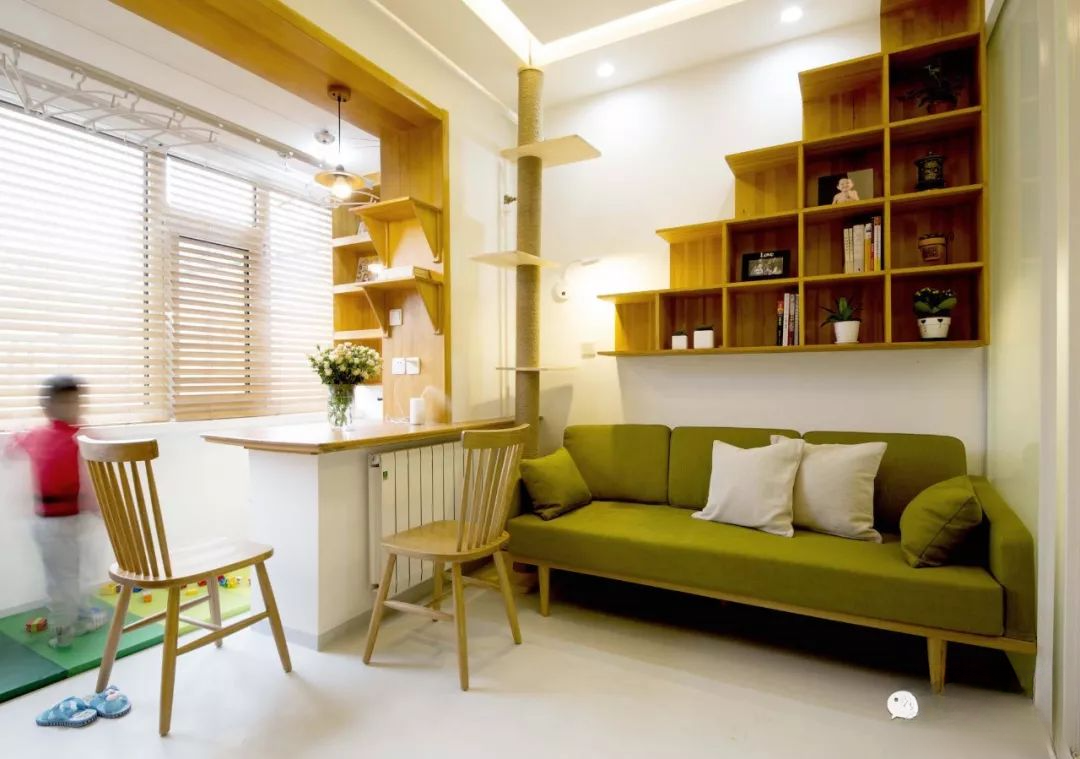
▲ For small apartments, the upper part of the wall behind the sofa can indeed be used as a cabinet for additional storage.

▲ The key point of the design is that the thickness of the wall cabinet should not be too large, and the backrest of the sofa should be thicker so that you don’t hit the cabinet when you stand up.

In addition to being used as cabinets, partitions can also solve some storage and display functions. They can also be used to place some decorations such as decorative paintings, saving the trouble of drilling holes in the wall to hang paintings.
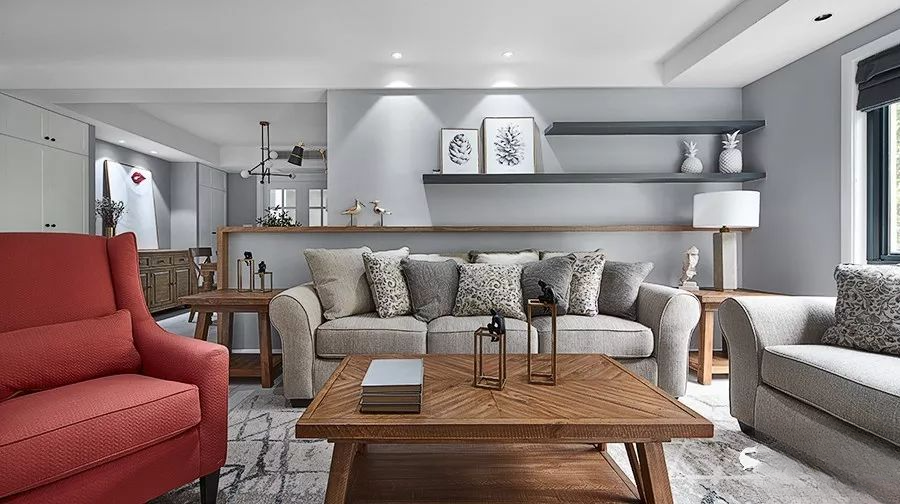
▲ It is fine to place some small decorations, green plants, decorative paintings, etc. on the partition
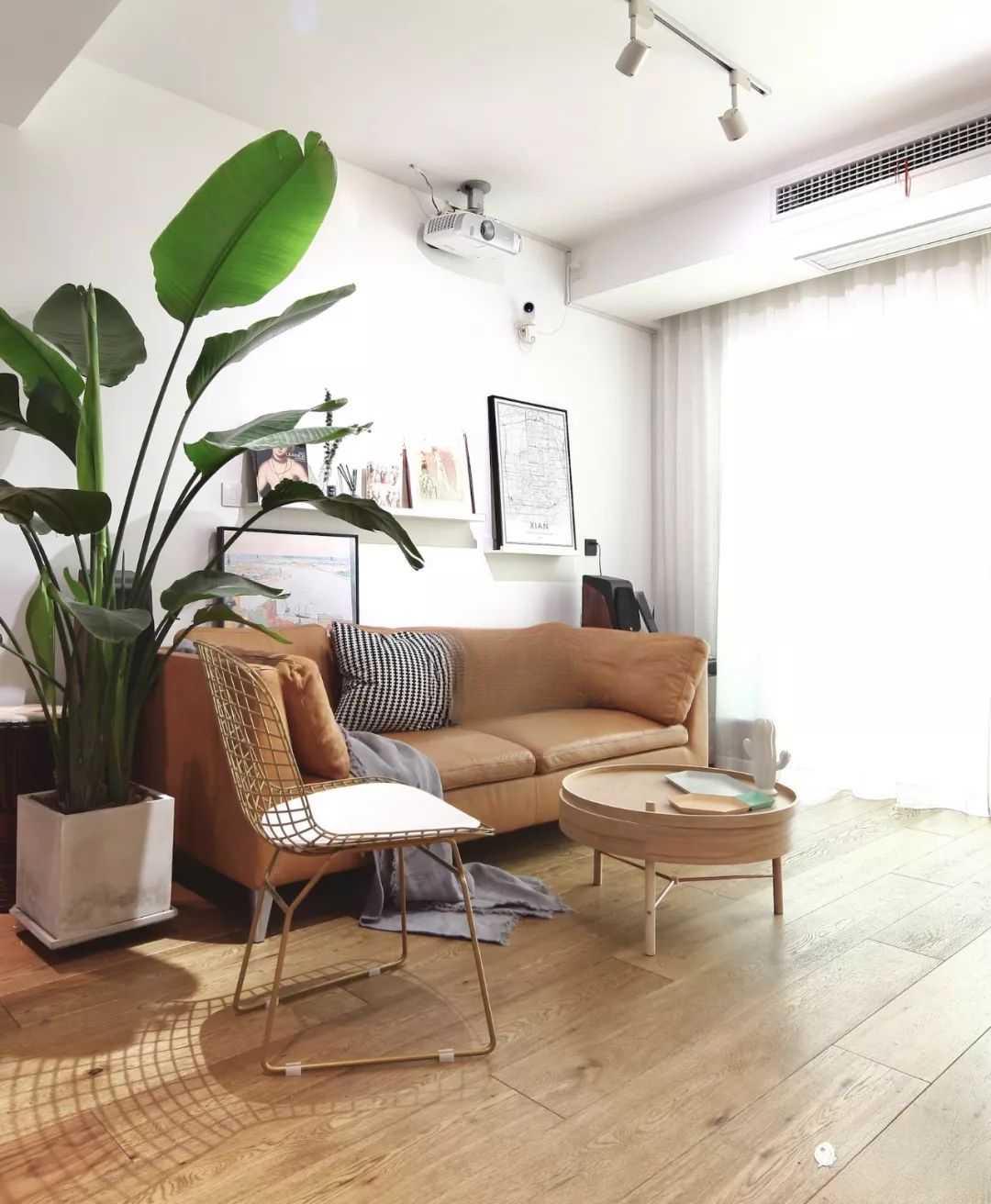
▲ The partition must have an outer edge to prevent items from falling.

▲ Using partitions to place decorative paintings or photos looks more charming than hanging them on the wall
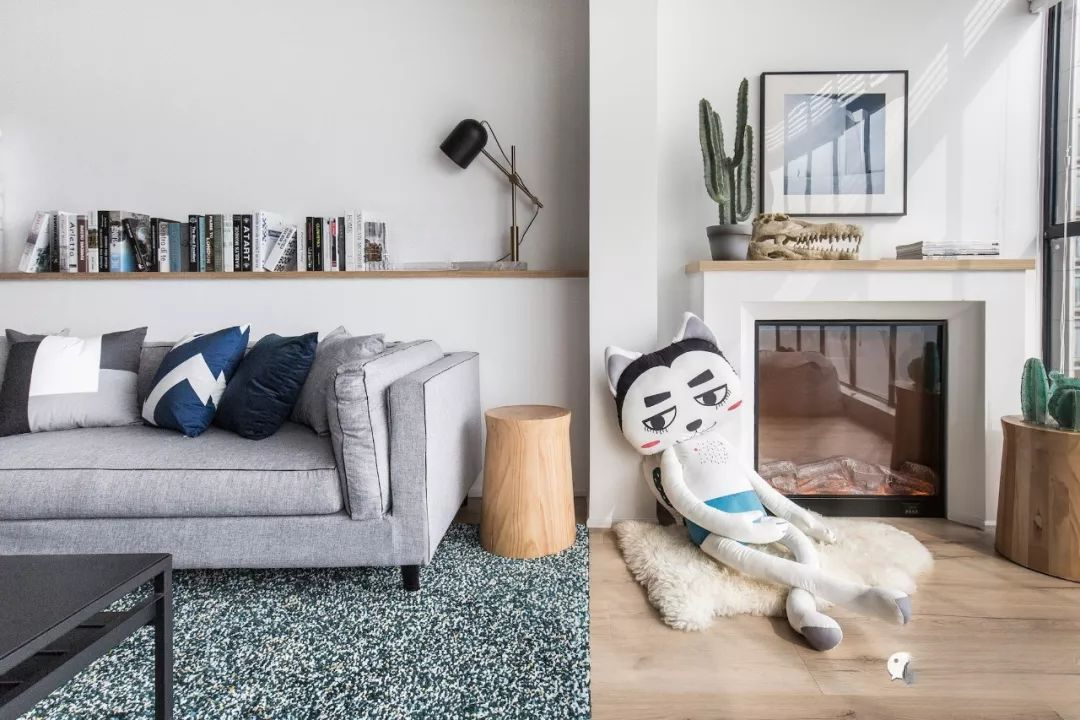
▲ The partitions are used as bookshelves, and the books are used as decorations
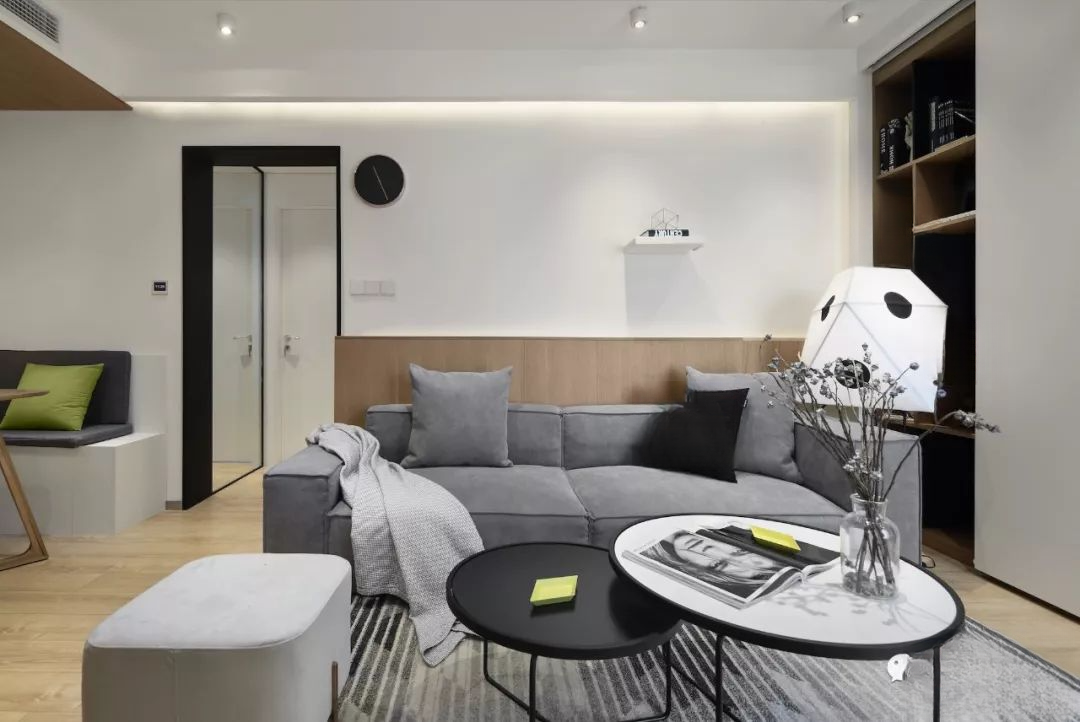 ▲ With light strips and spotlights, it has better light and shadow effects
▲ With light strips and spotlights, it has better light and shadow effects

Speaking of decorative paintings, it can actually be written in a separate article. There are many common ways to match decorative paintings, and you can completely choose according to the style and your own preferences.
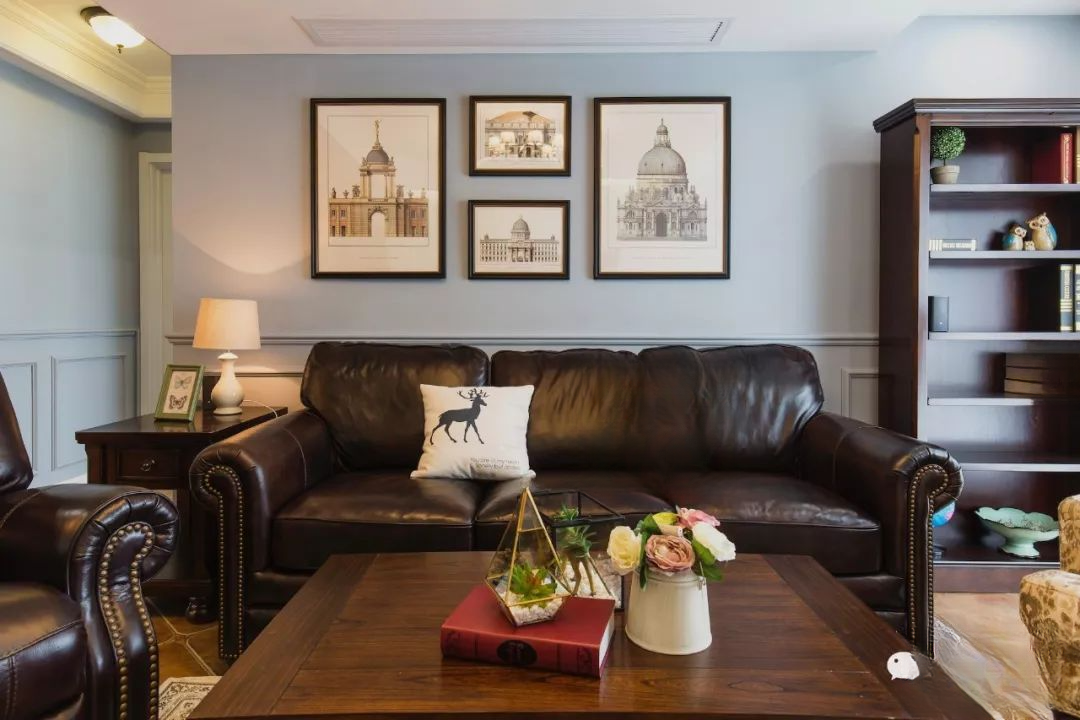
▲ A group of decorative paintings with a unified theme is a common choice
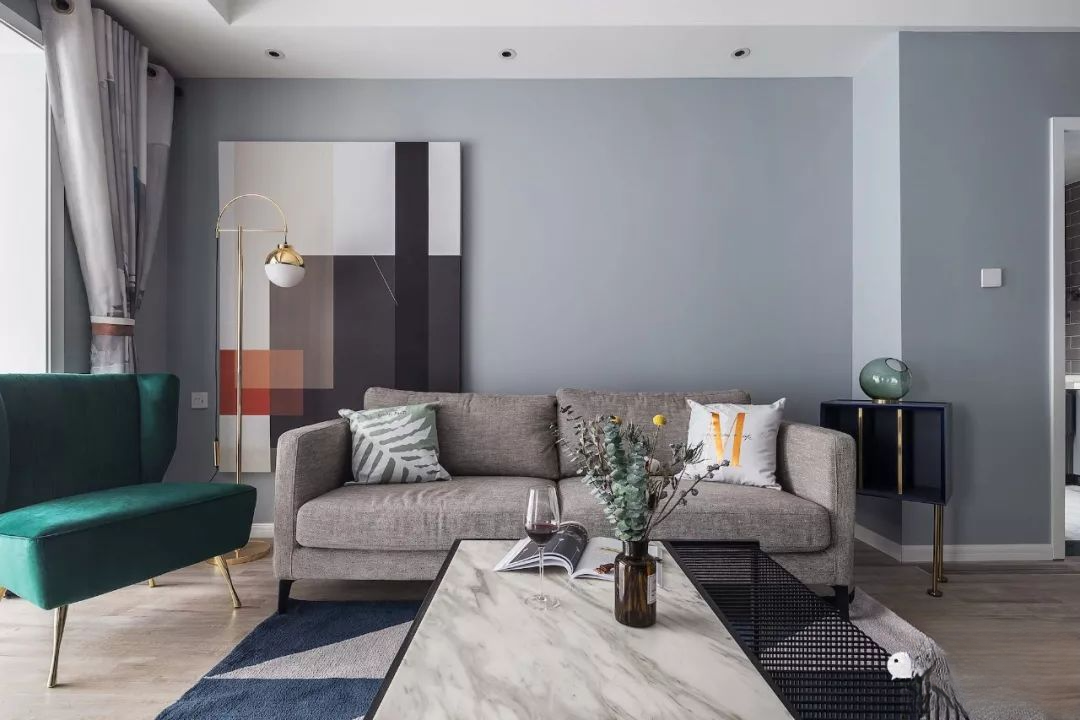
▲Use a very large painting

▲ The content of a painting is divided into several frames as a group, which has a special visual effect
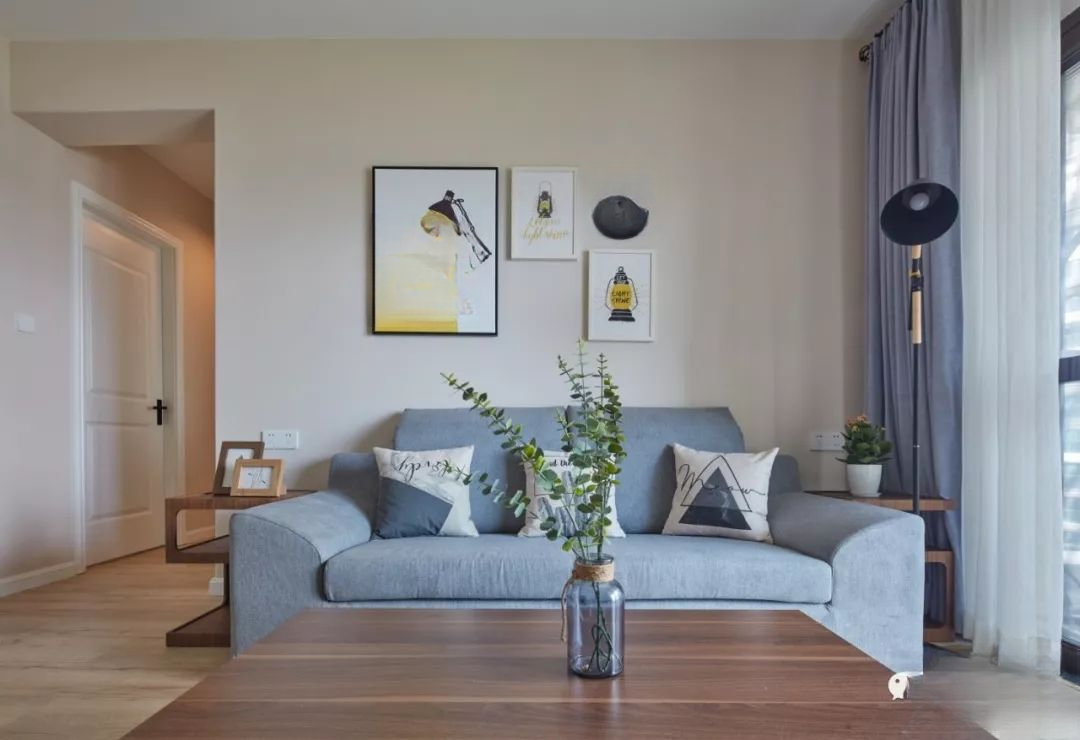
▲ Combination of picture frames of different shapes
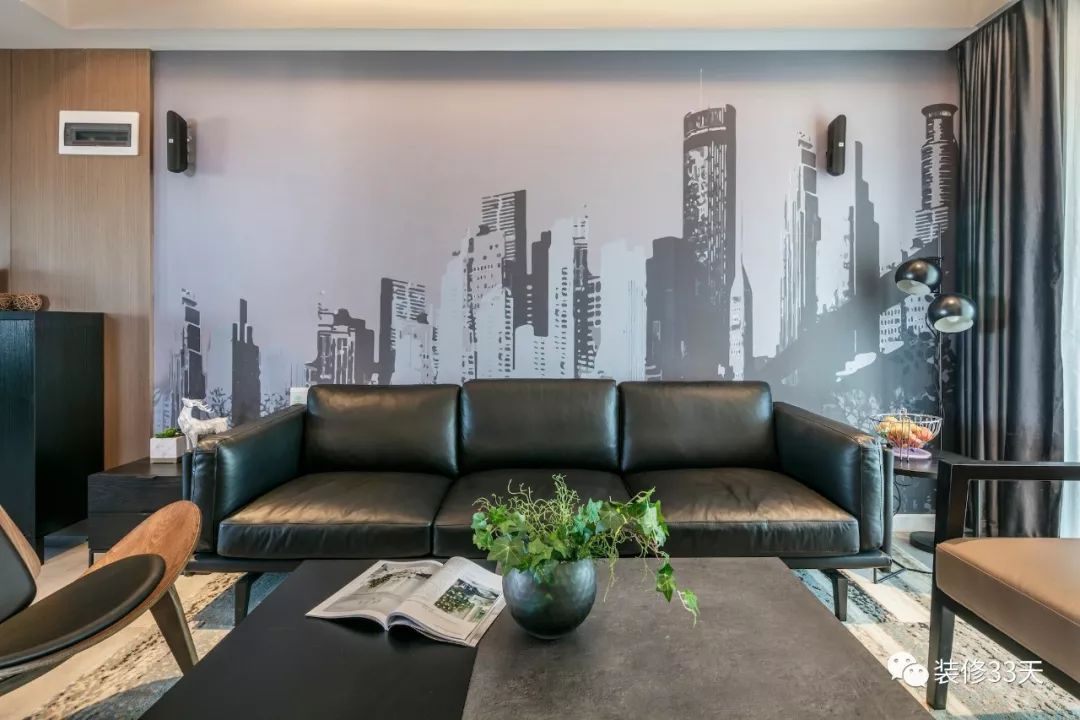 ▲ Customize the wallpaper pattern to make the entire background look like a painting
▲ Customize the wallpaper pattern to make the entire background look like a painting

In addition to decorative paintings, there are many other decorations that can be used for wall decoration. They are more three-dimensional than decorative paintings, and two-dimensional and three-dimensional have different visual experiences.
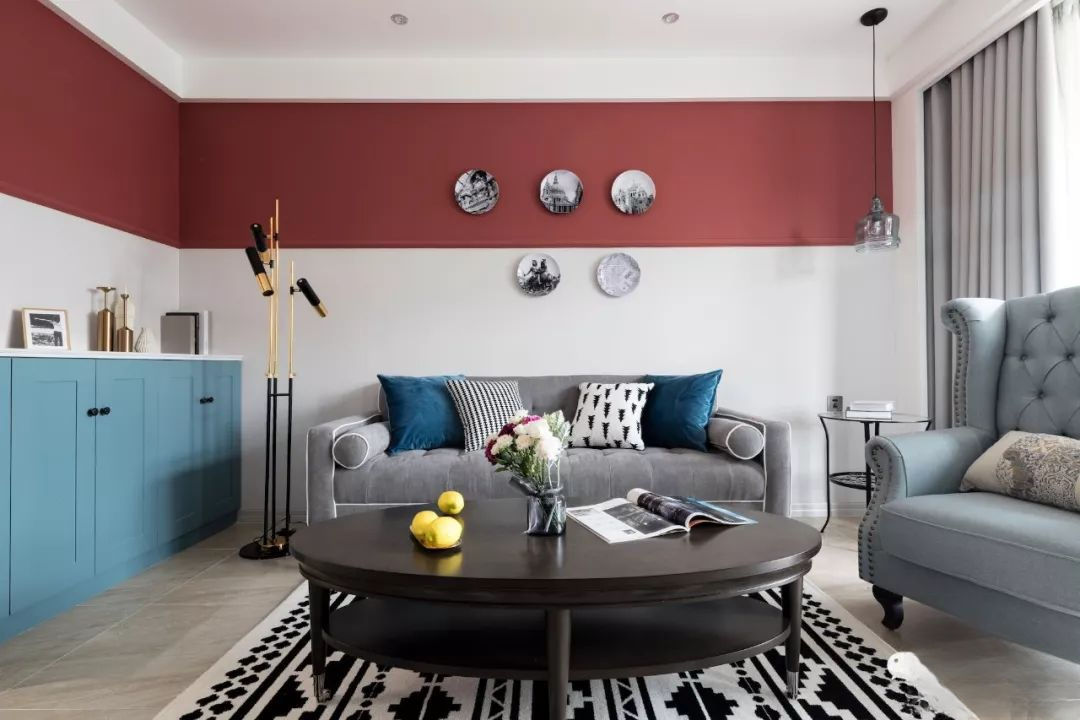
▲ For example, hanging plates are more common in American style
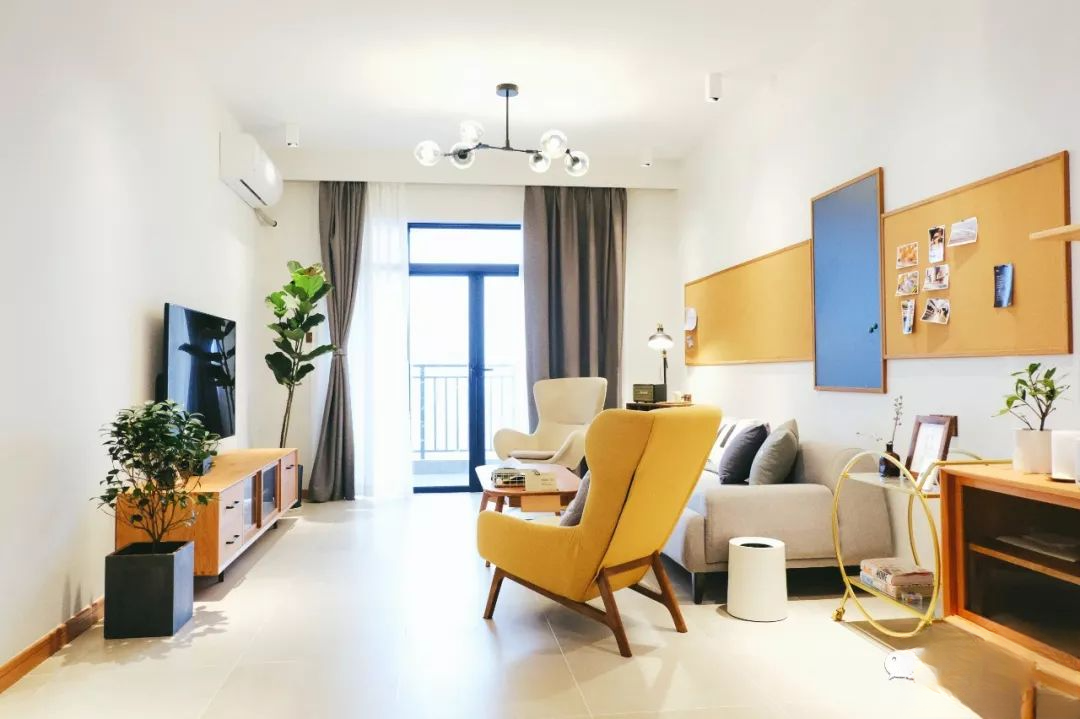
▲ The cork board can be used as a photo wall by pinning photos on it at any time
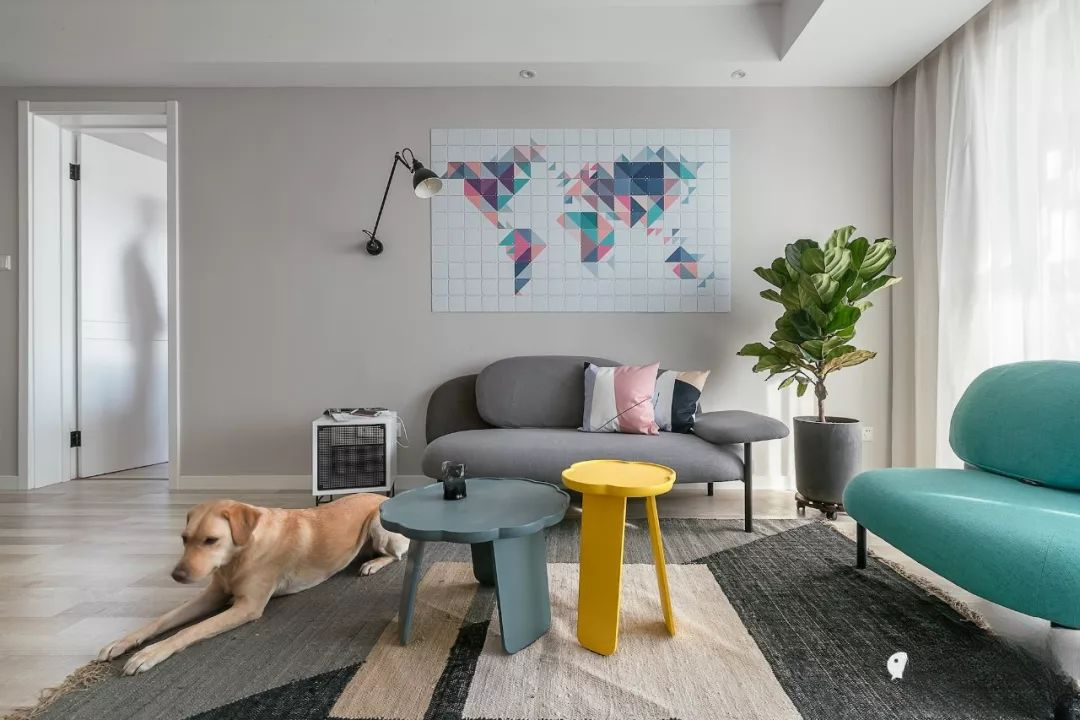
▲ There are many three-dimensional decorative paintings with unique flavor
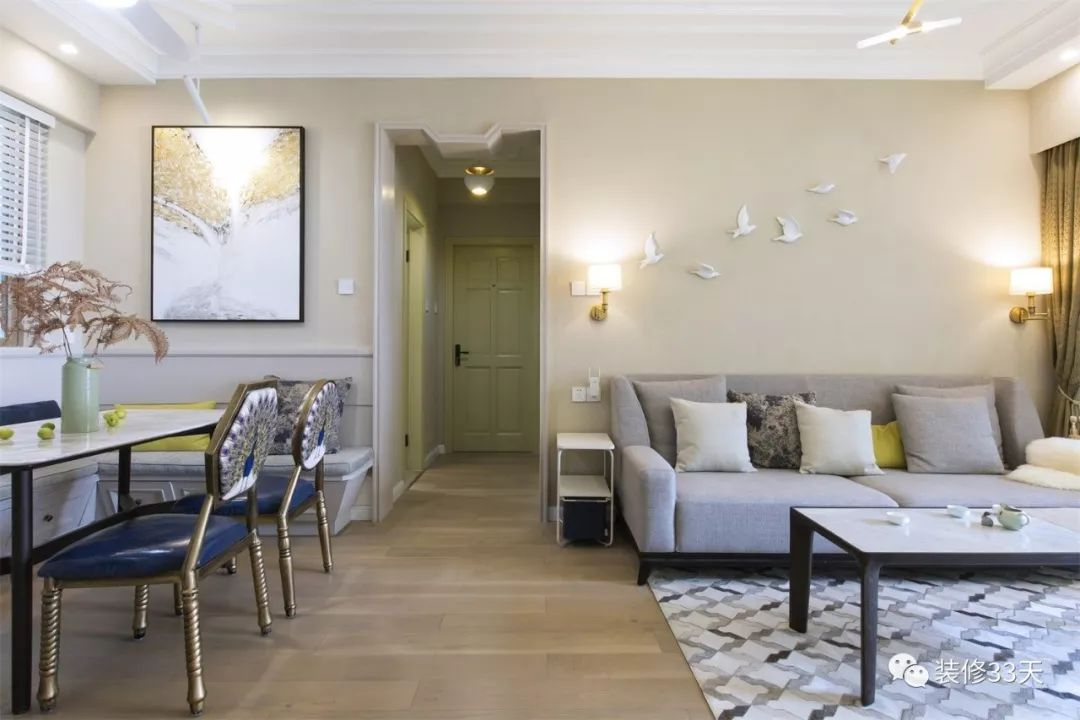
▲ A set of three-dimensional decorations, such as pigeons, small fish, etc., also have good meanings
 ▲ Wall lamps can also be used as decoration
▲ Wall lamps can also be used as decoration

In decoration, a very common technique is central axis symmetry, especially Chinese and American styles pay special attention to central axis symmetry, whether it is for modeling or layout.

▲ Chinese style emphasizes symmetrical beauty
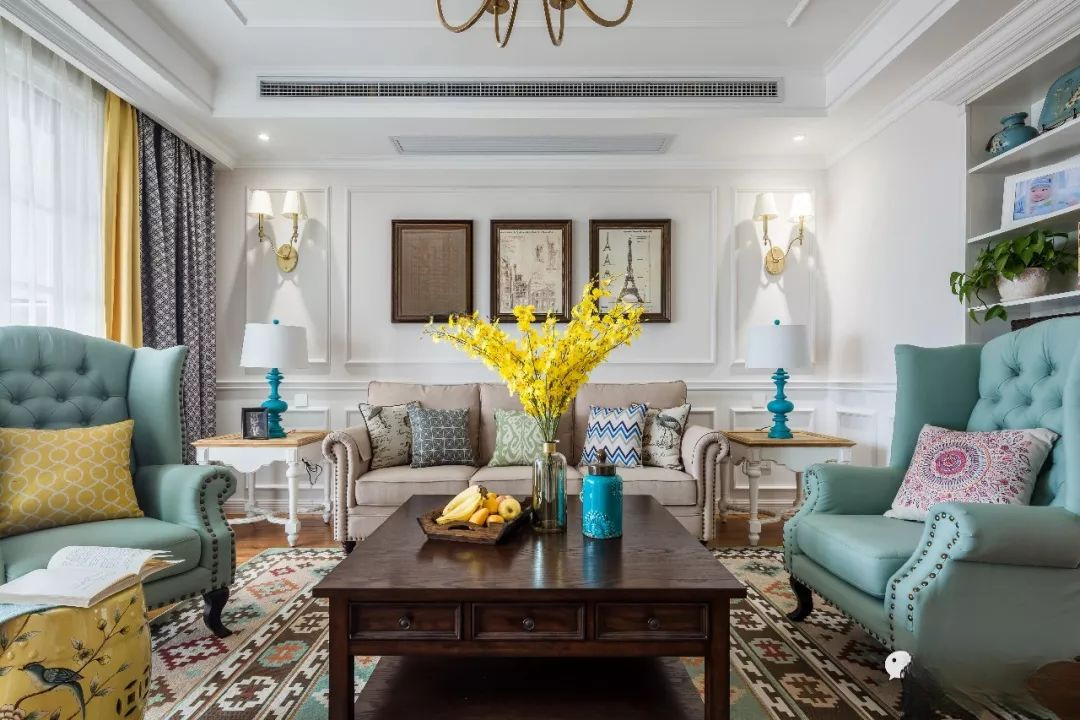
▲ American style also emphasizes symmetry. When the wall panels or lines are used to outline the shape, they are usually symmetrical along the central axis.
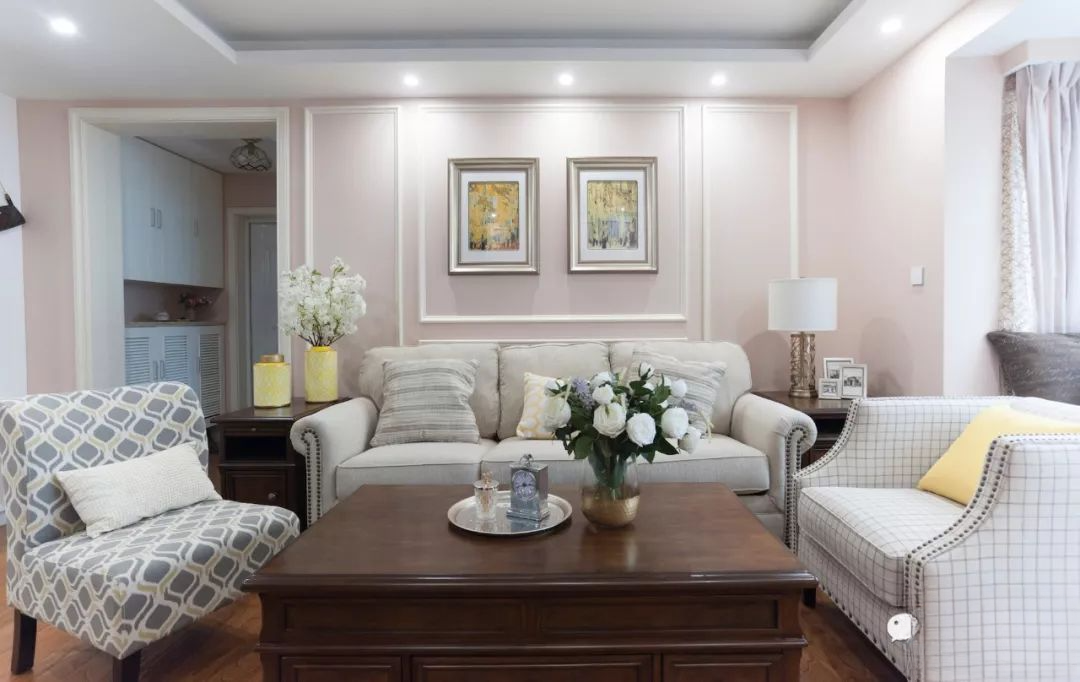
▲ Symmetry is a very stable beauty

▲ Of course, beauty is not only about symmetry

Speaking of sofa background, there are some special layouts where the sofa is not against the wall, which makes the situation more different from the ordinary sofa background.

▲ The horizontal hall usually uses the sofa as the boundary between the living room and the dining room
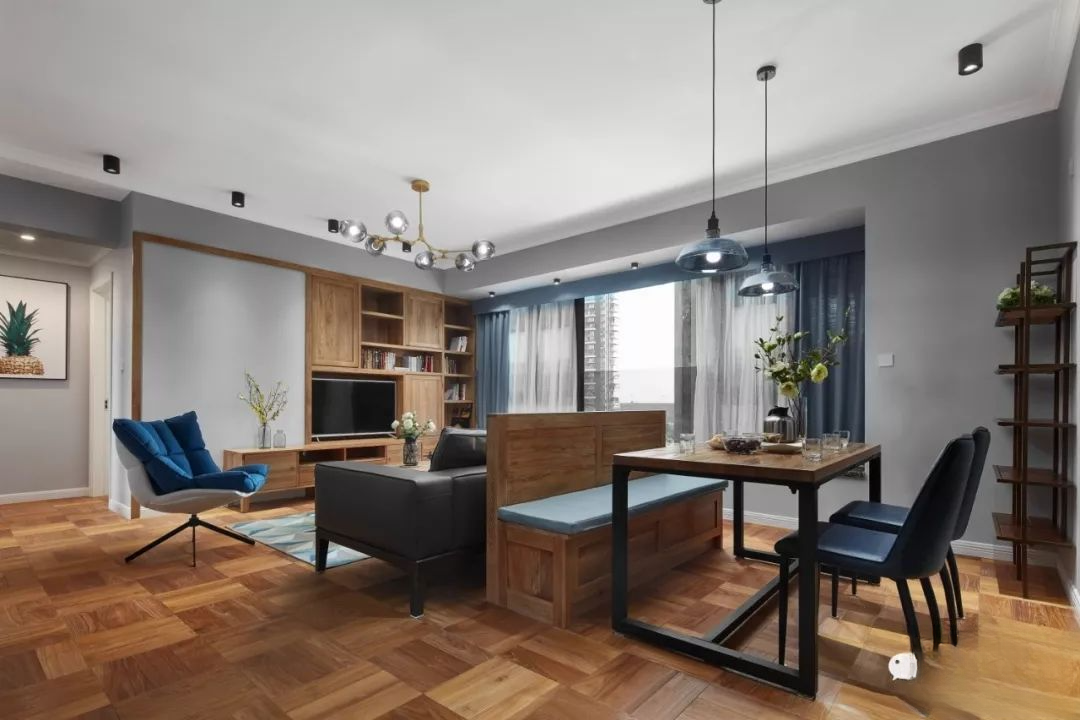
▲ If you like a relatively stable layout, you can place a booth, desk, long table, etc. behind the sofa.
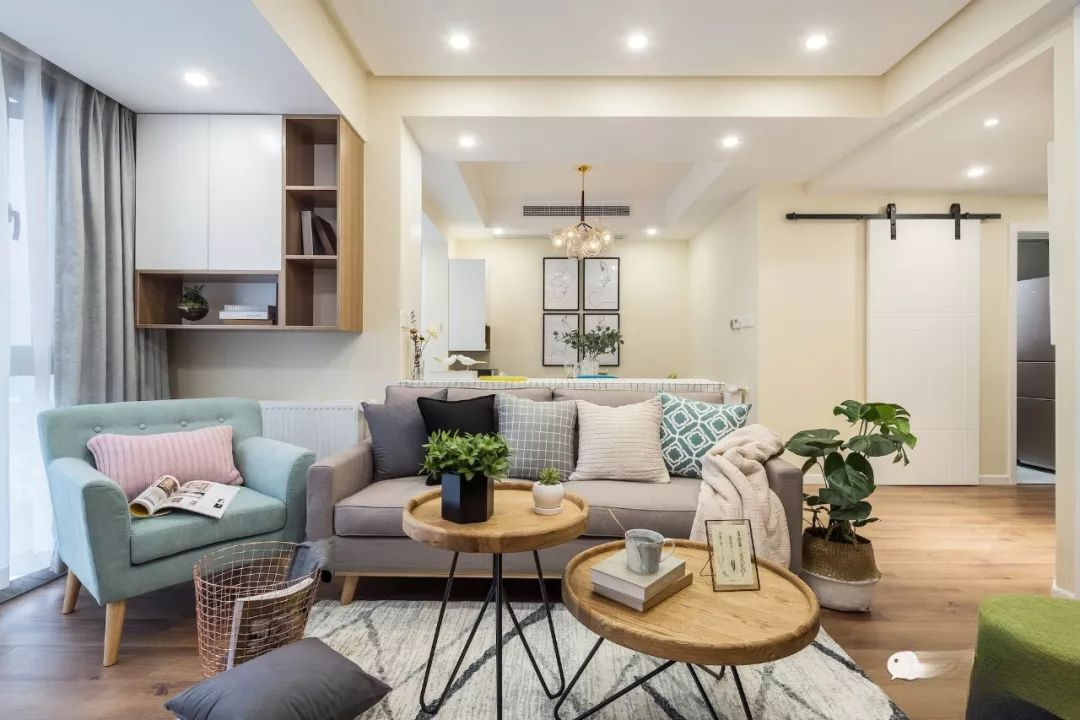
▲ Another situation is to build a half wall as a sofa wall

▲ If the space behind the sofa is not deep, the wall on the other side can also be used as the sofa background
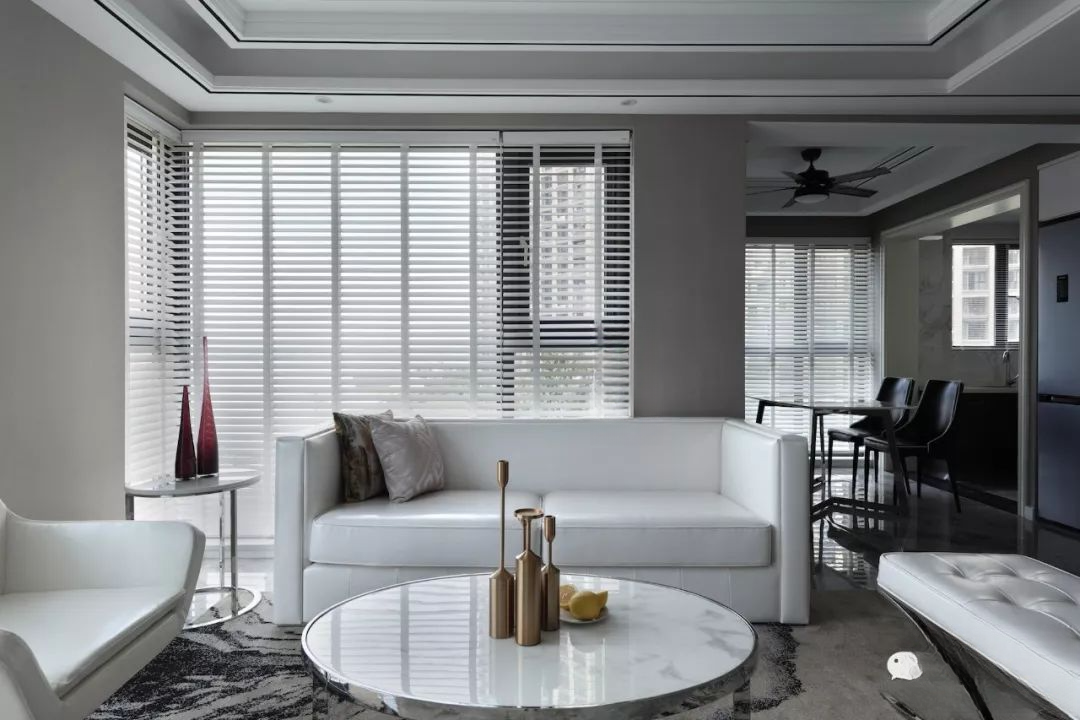
▲ If there is a window behind the sofa, you need to consider the reflection problem
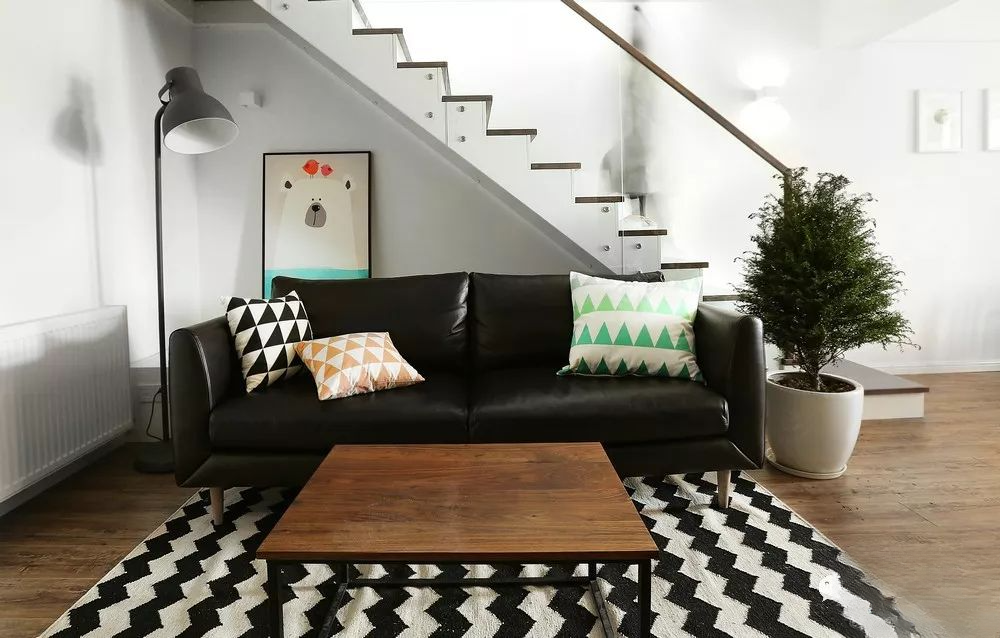
▲ It is rare for a sofa to be placed against stairs
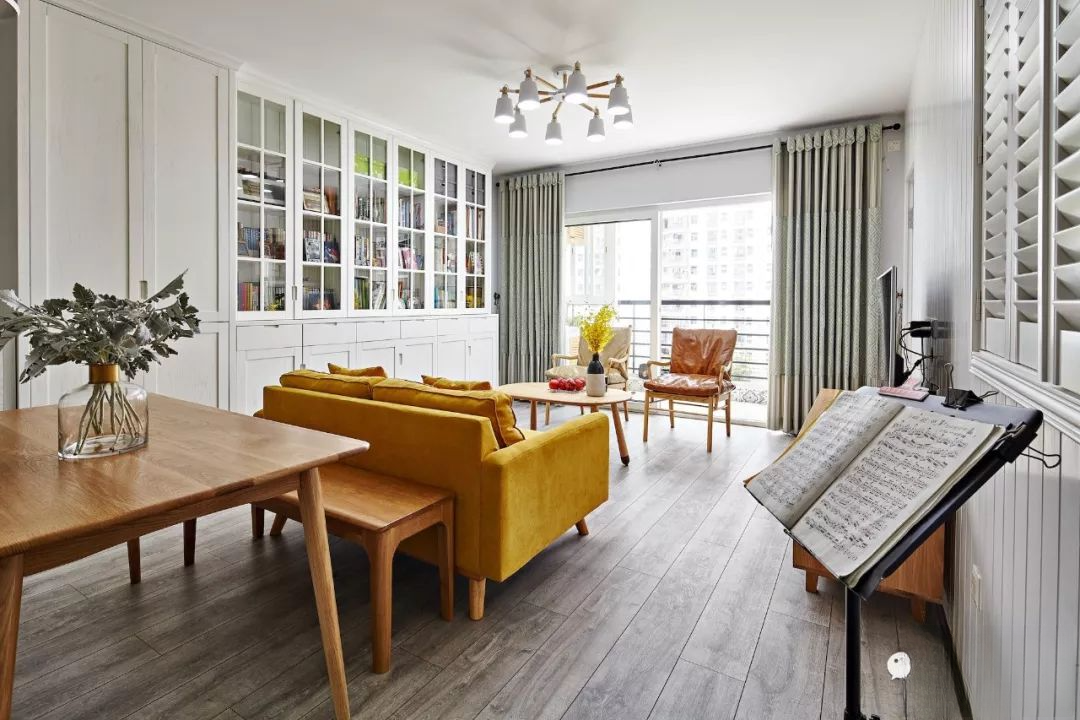 ▲ Some people like to reduce the size of the TV, so they can place the sofa in a circle and deliberately avoid it against the wall.
▲ Some people like to reduce the size of the TV, so they can place the sofa in a circle and deliberately avoid it against the wall.

In addition to the layout where the sofa is not against the wall, there are some other situations, such as the sofa background and the space behind it need to be separated and interact with each other.
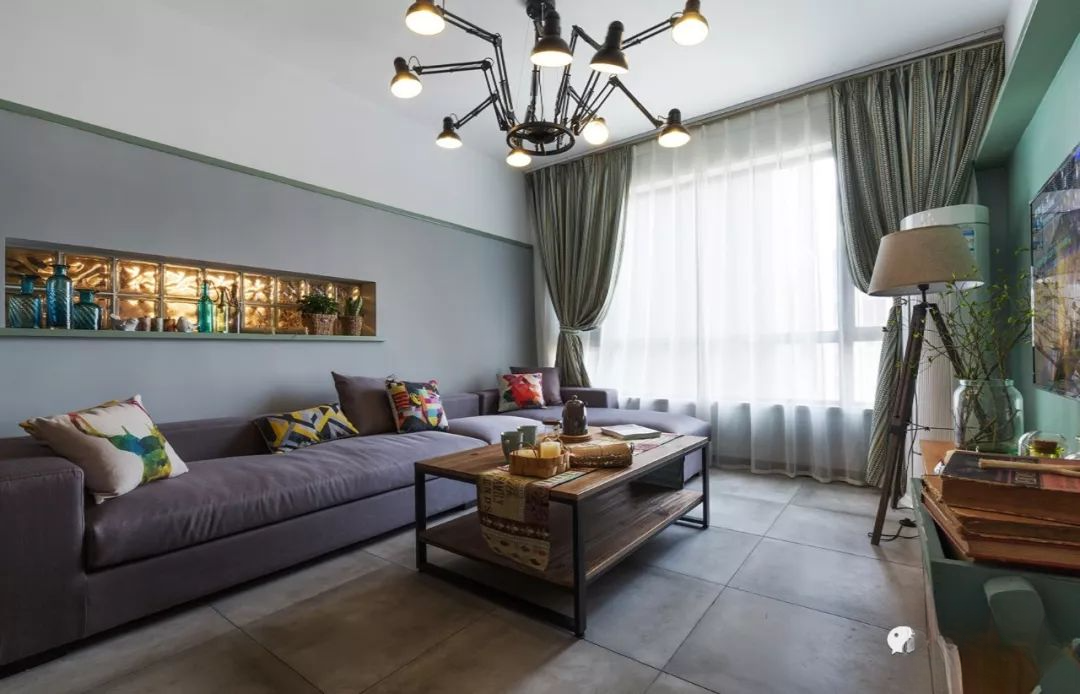
▲ The kitchen is behind the sofa in the picture above. The kitchen has good lighting, so a part of glass bricks is made on the sofa background.
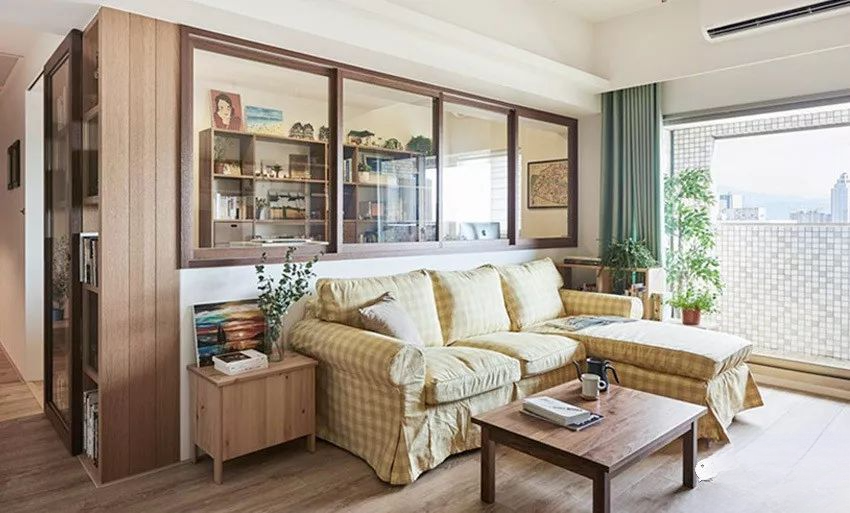
▲ A glass window is built between the sofa background wall and the study, balancing the partition and interaction
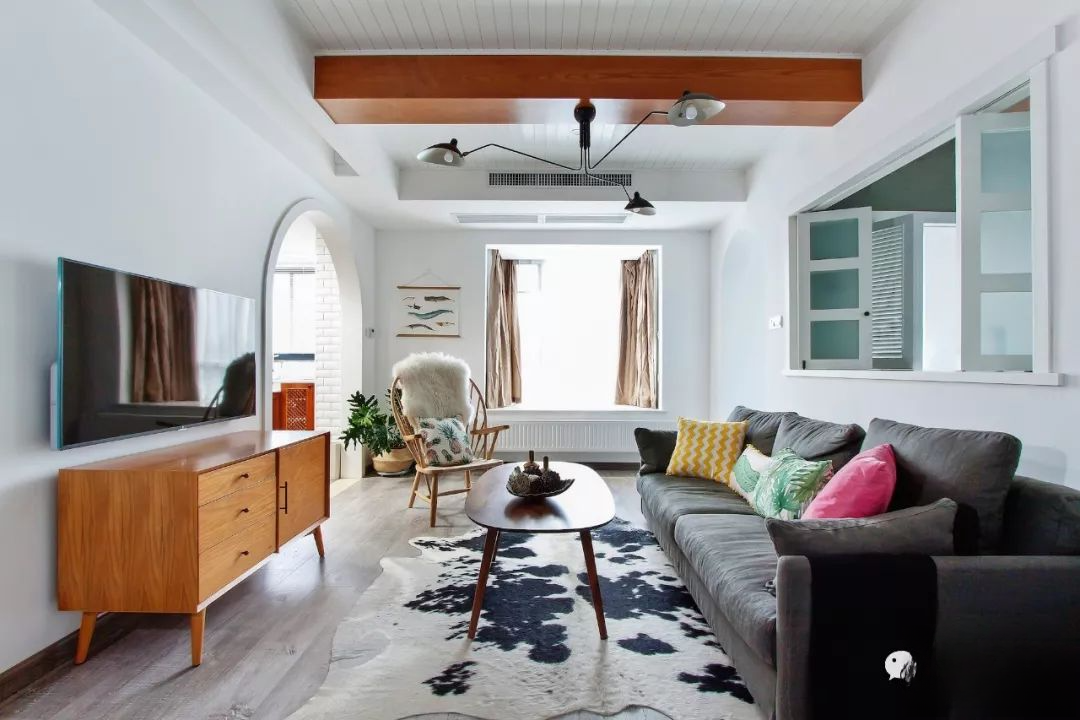
▲ In addition to bedrooms, there is indeed a strong demand for interaction in public spaces such as living rooms, study rooms, and dining rooms.
There is no fixed method for decoration. Every family’s house type, needs and preferences are different. I hope these different sofa background cases can give you some reference.